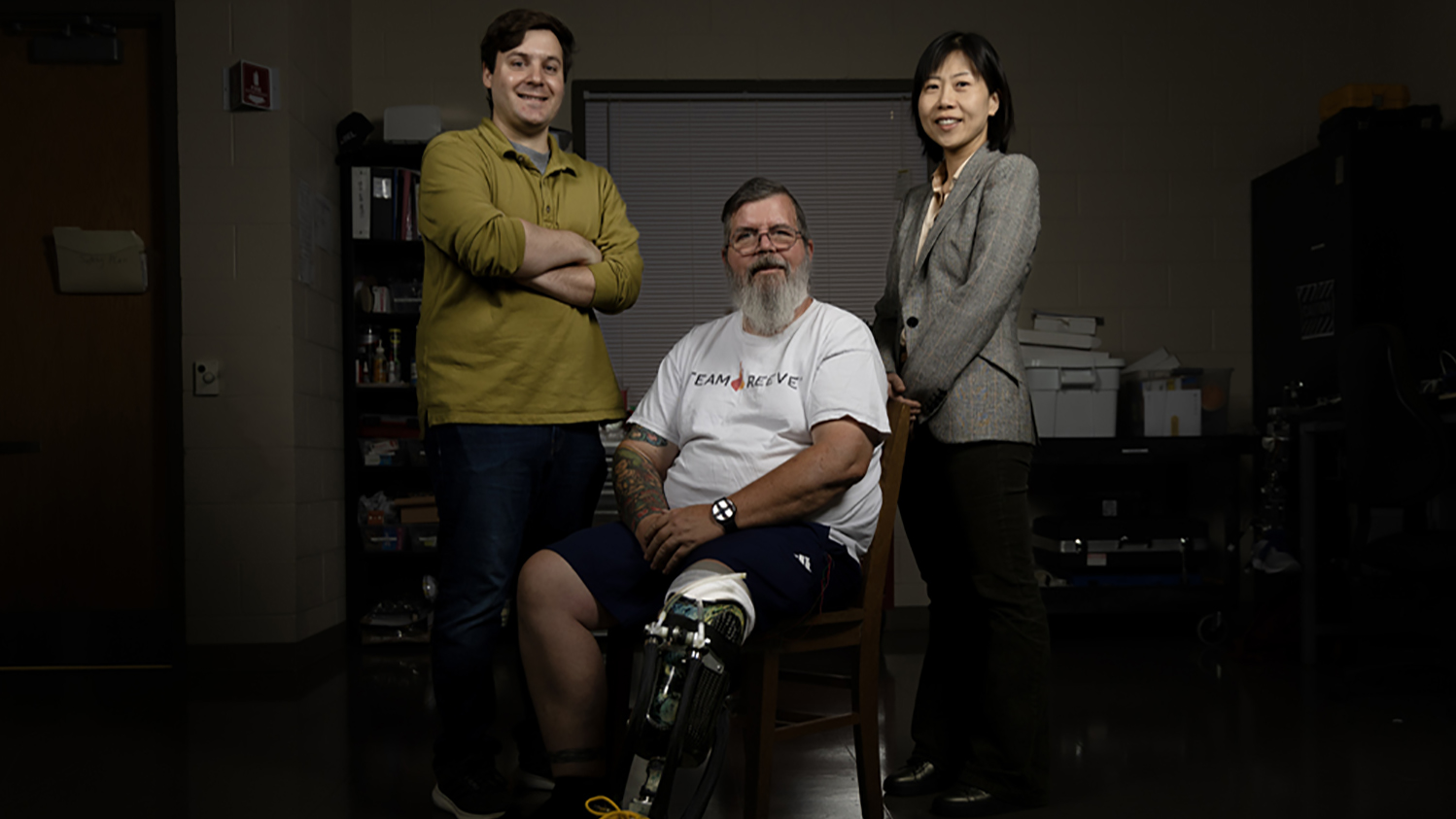Filling the wearables gap

Wearable technologies, including smart watches and fitness bands, have become one of the hottest sectors in the technology business.
While these monitors are popular in the consumer market, healthcare applications for these technologies function as a stylish pedometer to count steps. Researchers at the Nanosystems Engineering Research Center for Advanced Self-Powered Systems of Integrated Sensors and Technologies (ASSIST) – a National Science Foundation (NSF) Engineering Research Center (ERC) led by NC State – are working to pull these wearables into the future through dramatic reduction in power consumption and novel sensor and low-power computing technologies.
Now entering its fourth year, the ASSIST Center was visited by NSF officials in the spring and has successfully been unconditionally renewed for five additional years of funding.
“They were impressed with the vision and direction the Center has taken and are happy with the advances we’re making,” ASSIST Center Director Dr. Veena Misra said of the feedback from the visit. “It showed up in our review.”
ASSIST research is built around two platforms or testbeds – a health and environmental tracker that measures vital signs and environmental exposures running on a long-lasting battery and a self-powered, adaptive sensing platform that takes electrocardiogram readings and is powered by energy harvested from the human body. ASSIST’s research on advanced sensors, ultra-low-power radios and electronics and energy harvesting fits within these two testbeds.
This research will create wearable sensors that go beyond activity level and provide valuable information about what is happening in a user’s body and what is going on within the surrounding environment.
“That’s really the gap right now in all wearable devices,” Misra said. “What’s actually happening to your stress levels, what’s happening to your sugar levels, what’s happening to your inflammation in the body.”
One example can be found in the pinprick blood test diabetics use to check their insulin level. A sweat pump being developed by ASSIST researchers uses no applied power and can extract sweat to be tested for key biomarkers such as lactates, cortisol and, yes, glucose.
Center researchers have created energy harvesting technology, a low-power system on chip and low-power wireless radios with performance that is superior to the technology available commercially. ASSIST already owns 17 pieces of intellectual property, and Misra sees those technologies moving into the marketplace in the coming years, either through the formation of startup companies or in partnership with ASSIST industry members.
“The wearables space exploding is actually very good because these companies can take our technologies and put it right into their wearables,” Misra said.
Return to contents or download the Fall/Winter 2015 NC State Engineering magazine.
- Categories:


